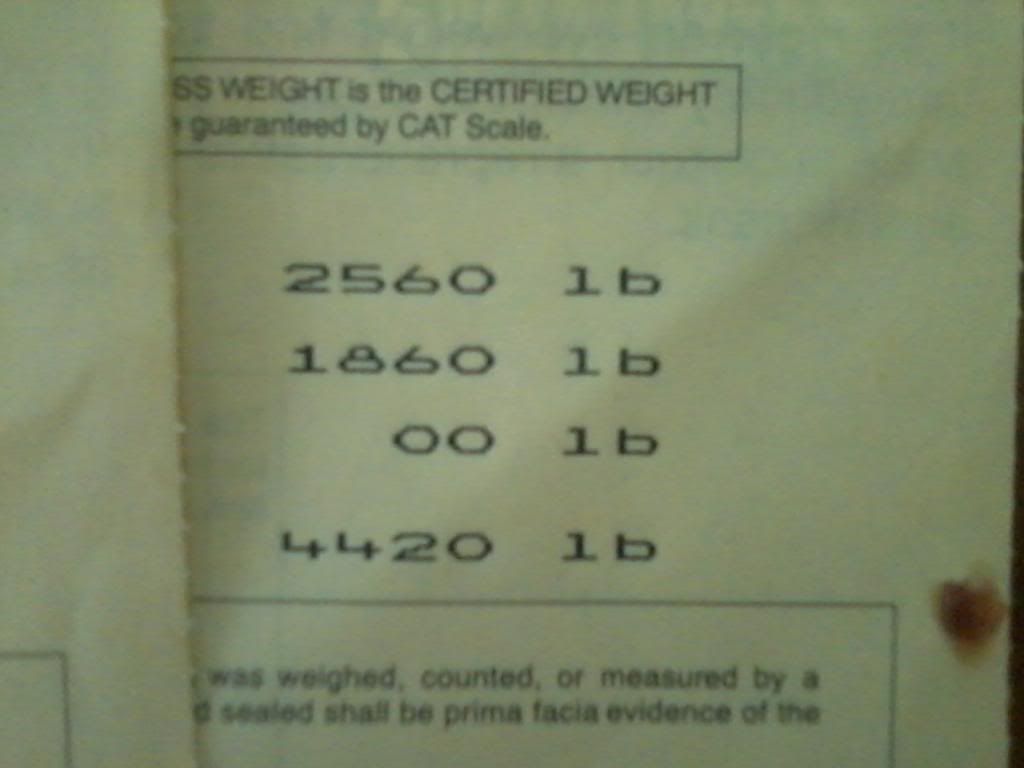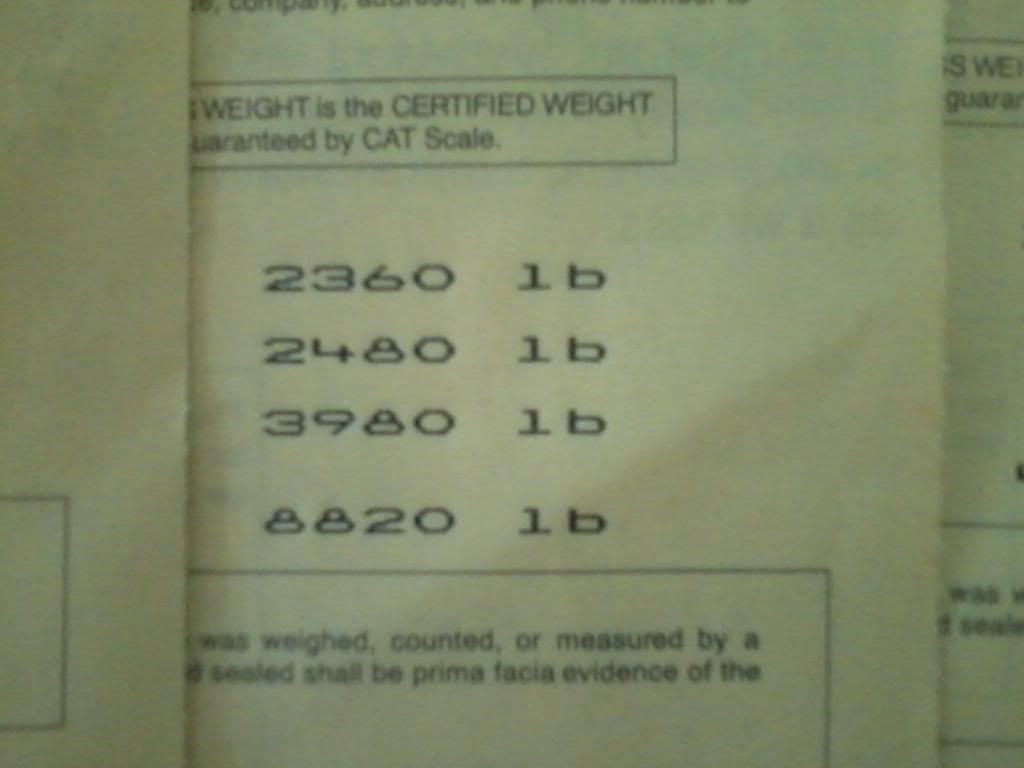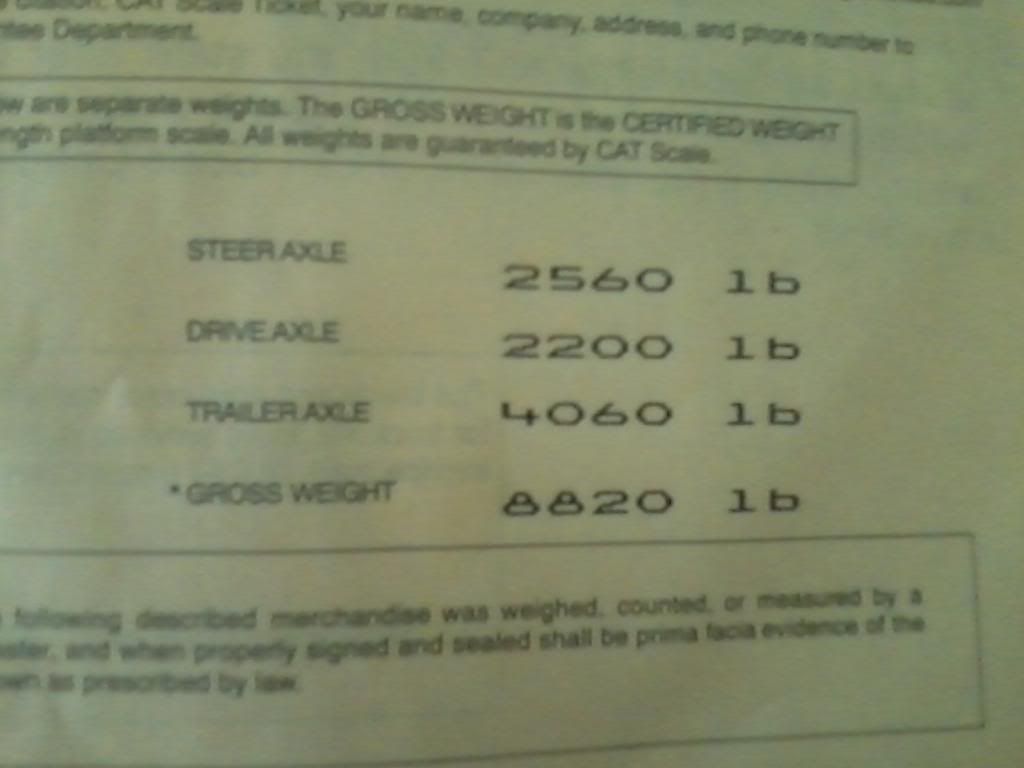7snakes
Jul 04, 2016Explorer
Tongue weight help
Need help determining tongue weight of TT. 1st pic is of loaded trailer and truck using weight distribution bars of the wd hitch. 2nd pic is just the loaded truck without the hitch. 3rd pic is of webpage used to help me determine weights. The way I figured it is TT is at 7,160 lbs, truck is 6,240 lbs, and tongue weight is 640 lbs. I can't see how I only have 640 on tongue.Think my calculations are somehow flawed since some of the tongue weight would have been already transferred to the truck with wd hitch engaged. I need help determining the tongue weight. Hopefully it can still be derived from the weigh slips correctly. I have done a lot of reading on here and this is pretty new to me, but I'd appreciate assistance.









